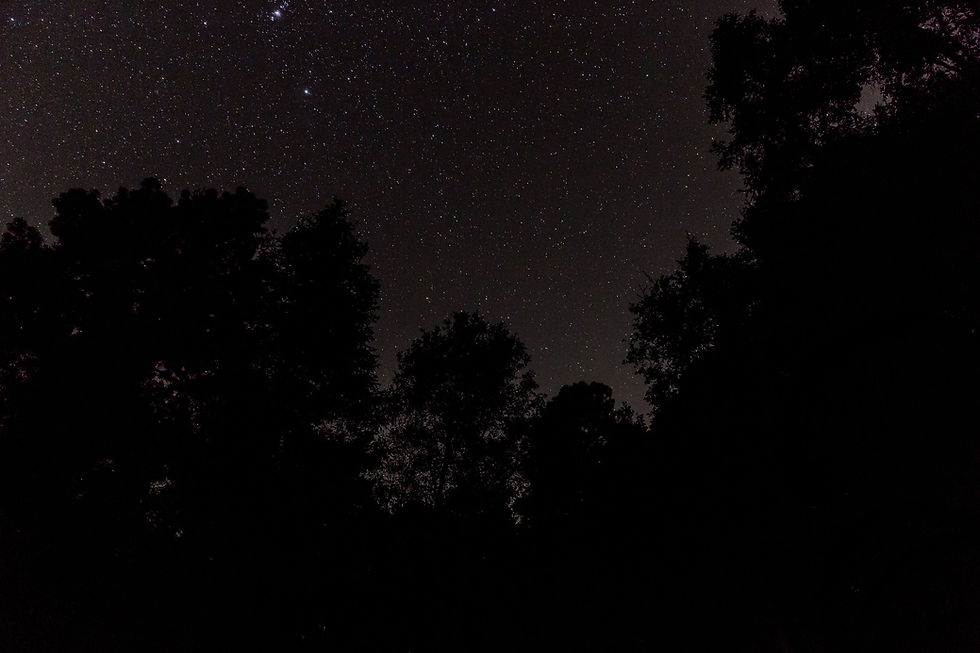Introduction to Astronomy
- Eilis Tay
- Aug 15, 2022
- 2 min read
By Eilis
Astronomy is the scientific study of celestial objects such as stars, planets, comets, nebulae, star clusters and galaxies. It is a phenomenon that originates outside the Earth’s atmosphere. It concerns the evolution, physics, chemistry, meteorology, and motion of celestial objects, as well as the formation and development of the universe.
Astronomy is one of the oldest sciences with a long and rich history but it was only able to be developed into a modern science with the help of the invention of the telescope. It is also one of the sciences that allows amateurs to still play an active role, especially in the discovery and observation of transient phenomena. Till this date, amateur astronomers have contributed to many important astronomical discoveries.
Evolution of Astronomy
Since the late 19th century, astronomy has expanded to include astrophysics, the application of physical and chemical knowledge to an understanding of the nature of celestial objects and the physical processes that control their formation, evolution, and emission of radiation. In addition, the gases and dust particles around and between the stars have become the subjects of much research. Study of the nuclear reactions that provide the energy radiated by stars has shown how the diversity of atoms found in nature can be derived from a universe that, following the first few minutes of its existence, consisted only of hydrogen, helium, and a trace of lithium. Astrophysics has transformed cosmology from a purely speculative activity to a modern science capable of predictions that can be tested.
During the 20th century, the field of professional astronomy was split into observational and theoretical branches. Observational astronomy is focused on acquiring data from observations of celestial objects, which is then analyzed using basic principles of physics. While theoretical astronomy is oriented towards the development of computer or analytical models to describe astronomical objects and phenomena. The two fields complement each other, with theoretical astronomy seeking to explain the observational results, and observations being used to confirm theoretical results.
Even with all the great advances, astronomy is still an observational science instead of an experimental science.
Sources:



Comments